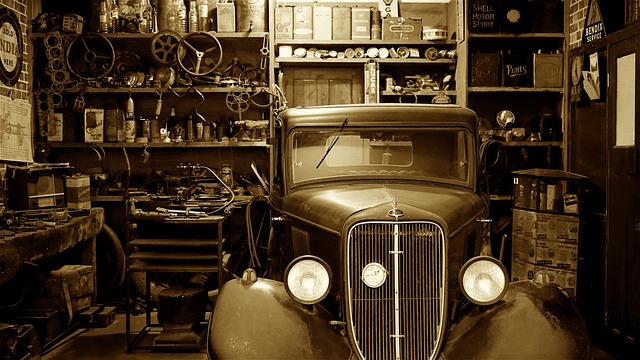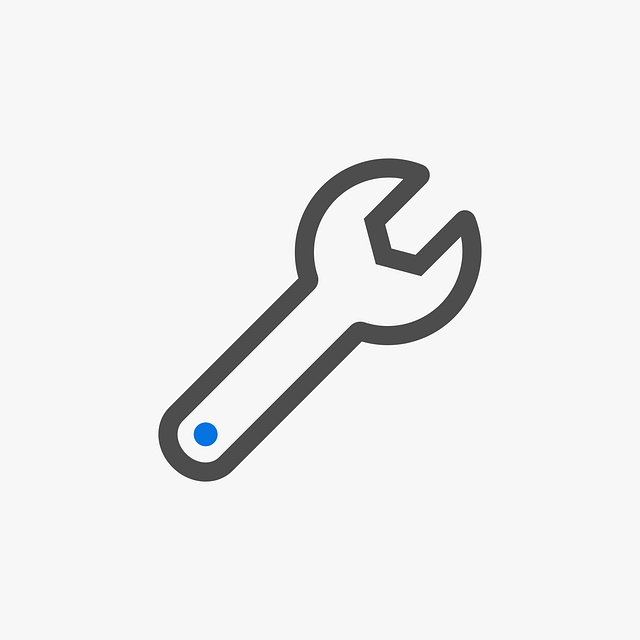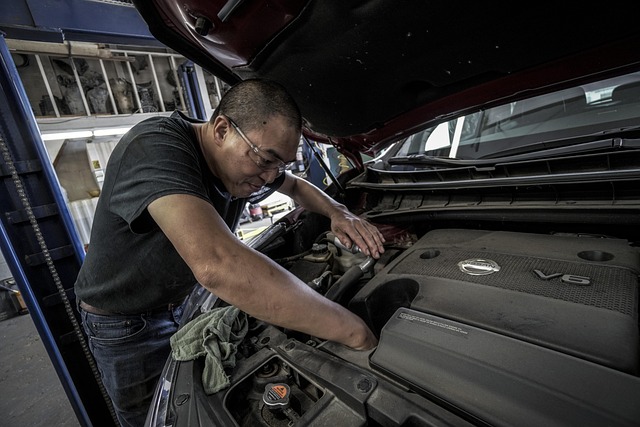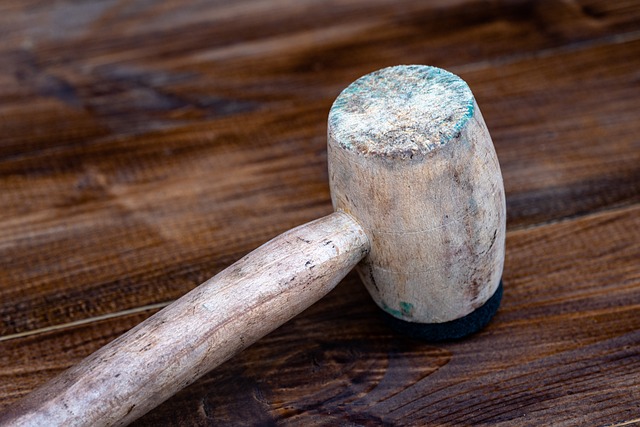Visually inspect hoses for debris or damage. Regular maintenance and thermostat adjustments prevent clogs. Overheating or reduced performance may indicate a blocked hose. Replace affected hoses after engine cooling. Use high-quality parts to avoid leaks. Check fluid levels and replace worn hoses. Prevent sediment buildup with expert advice. Prioritize preventive care for radiator repair services.
A clogged radiator hose can cause your car’s cooling system to overheat, leading to costly damage. Learn how to identify a blocked hose and take proactive steps with this simple DIY guide. We’ll walk you through assessing the issue (Assess the Clogged Radiator Hose), safely removing and replacing the hose (Remove and Replace the Hose), and preventing future clogs (Prevent Future Clogs). With these steps, you can keep your vehicle running smoothly and avoid costly visits to a radiator repair service.
Assess the Clogged Radiator Hose

When assessing a clogged radiator hose, start by examining the hose itself for any visible debris or damage. This initial inspection can reveal if the clog is due to wear and tear, a foreign object, or a combination of both. If the hose appears intact but water flow is significantly reduced, it could indicate a partial blockage caused by accumulated sediment or mineral deposits.
In some cases, the issue might not be immediately apparent. A thorough understanding of your vehicle’s hvac system repair and cooling system maintenance routines is essential. Regular thermostat for radiator control adjustments and timely servicing can prevent clogs from forming in the first place. By keeping an eye on these factors, you can minimize the frequency of radiator hose blockages and ensure optimal performance of your car’s heating and cooling mechanisms.
Remove and Replace the Hose

If your vehicle’s cooling system is showing signs of distress, such as overheating or reduced performance, a blocked radiator hose could be to blame. To rectify this issue, you’ll need to undertake a simple yet effective radiator repair service. Start by locating and identifying the affected hose, typically at the front of the engine bay. Ensure safety by allowing the engine to cool down before proceeding. Once accessed, carefully uncouple the old hose from its fittings using a wrench or socket set. Take note of the hose’s routing for accurate replacement later.
After removing the clogged hose, it’s time to replace it with a new one. When visiting a local radiator shop or engaging a plumber Bromsgrove, ensure they use high-quality, compatible parts. A professional radiator hose replacement involves precise cutting and fitting, ensuring a secure seal. This prevents leaks and maintains optimal engine temperature.
Prevent Future Clogs

To prevent future clogs, it’s essential to implement regular maintenance practices for your vehicle. Start by ensuring that you regularly check and top up your radiator fluid levels; this simple step can go a long way in keeping your system running smoothly. Additionally, inspect your radiator hoses for any signs of damage or wear and replace them if necessary. A plumber Bromsgrove-based radiator repair service can offer expert advice on the best maintenance schedule for your specific vehicle.
Regular servicing should also include a thorough cleaning of the cooling system components. Over time, sediment and debris can build up, leading to blockages. How to repair a radiator involves more than just unclogging; it’s about establishing a preventive care routine. By keeping your radiator and hoses in good condition, you’ll avoid costly repairs and ensure your vehicle maintains optimal performance.
Clogged radiator hoses can cause significant vehicle issues, but with a bit of knowledge and some simple tools, you can easily fix the problem yourself. By following these steps and taking preventive measures, you’ll be able to maintain your car’s cooling system effectively and potentially avoid costly visits to a radiator repair service. Regular maintenance is key to keeping your engine running smoothly, so remember to check your hoses periodically and address any clogs promptly.
